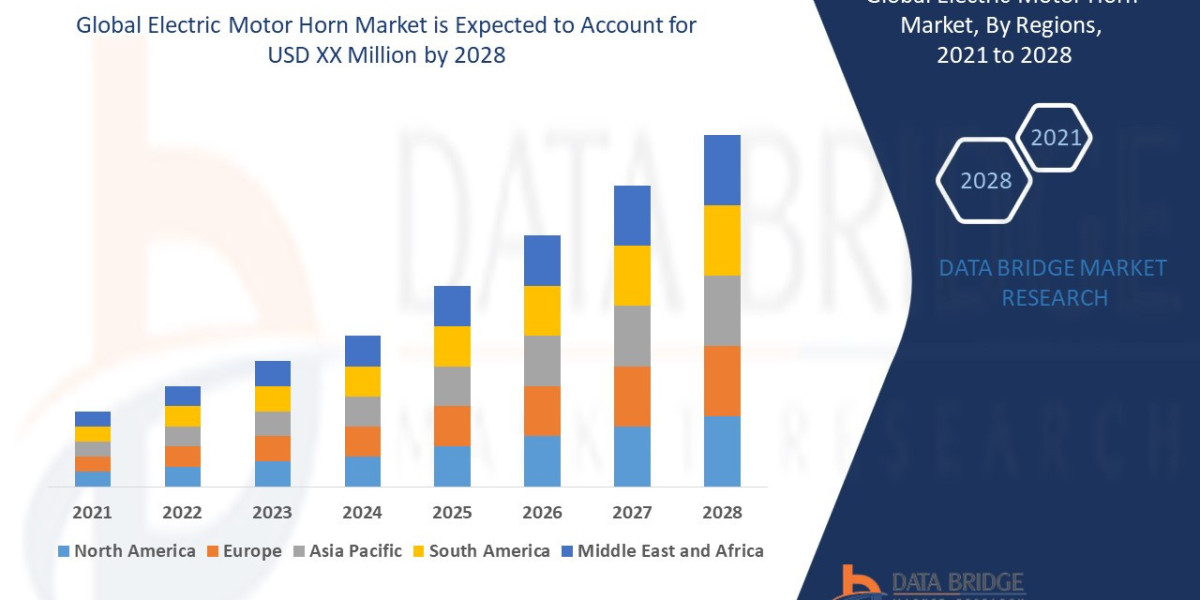The battery is the single most valuable component in an electric vehicle, and this reality is reflected in the colossal size of the market that produces them. The Electric Vehicle Battery Market Size represents the total annual global revenue generated from the sale of these high-voltage battery packs. As of 2025, this figure is already valued in the hundreds of billions of US dollars, making it one of the largest and fastest-growing segments within the entire automotive supply chain. Its immense valuation is driven by the sheer volume of EVs being produced and the high intrinsic cost of the advanced materials and manufacturing processes involved.
Calculating the Market's Value
The market size is typically measured in two ways:
Revenue ($USD): This is the total monetary value of all EV battery packs sold. It's calculated as: (Total Battery Capacity Sold in GWh) x (Average Price per kWh)
Capacity (GWh): This measures the total energy storage capacity of all EV batteries produced, reflecting the physical scale of the market. 1 GWh (Gigawatt-hour) is enough energy storage for roughly 15,000-20,000 average electric cars.
Key factors influencing the market size:
Exponential Growth in EV Sales: The primary driver is the massive global increase in the production and sale of electric vehicles (cars, trucks, buses, two-wheelers).
Increasing Battery Size per Vehicle: The trend towards longer-range EVs means the average battery capacity (kWh) per vehicle is increasing, which directly boosts the total GWh produced and the market's revenue.
Falling Price per kWh (but rising total value): While the cost of batteries per unit of energy (measured in $/kWh) has been steadily falling due to technological improvements and economies of scale, the total market size is still growing explosively because the volume of batteries being produced is increasing much faster than the price per kWh is falling.
Market Size by Segments
By Region: The Asia-Pacific (APAC) region, powered overwhelmingly by China, accounts for the vast majority of both the production capacity (GWh) and the market revenue ($). Europe and North America are significant and growing markets but still lag far behind APAC in production scale.
By Vehicle Type: Passenger cars represent the largest share of the market value due to the large size and high cost of their battery packs. However, the commercial vehicle segment (buses and trucks) is growing rapidly and uses very large, high-value packs. In India, the two-wheeler battery market is enormous in unit volume, making it a significant contributor despite the smaller size of each pack.
Frequently Asked Questions (FAQ)
Q1: How big is the global EV battery market in terms of value? A1: As of 2025, the global EV battery market is a massive industry with annual revenues well over $150 billion USD, and it is projected to grow exponentially, potentially reaching towards $500 billion by 2030.
Q2: What does GWh (Gigawatt-hour) mean in the context of market size? A2: GWh measures the total energy storage capacity produced by the industry. It reflects the physical scale of battery production. The global market in 2025 is producing many hundreds of GWh worth of batteries annually.
Q3: Which region dominates the EV battery market? A3: The Asia-Pacific region, primarily led by China, dominates the global EV battery market, accounting for the vast majority of both production capacity and revenue.
More Related Report
warehousing and distribution logistics Market Trends














